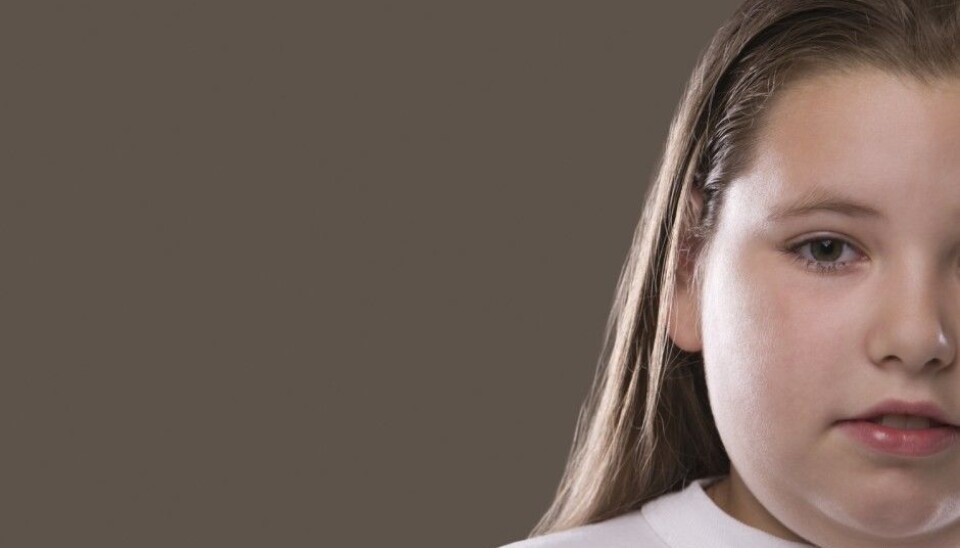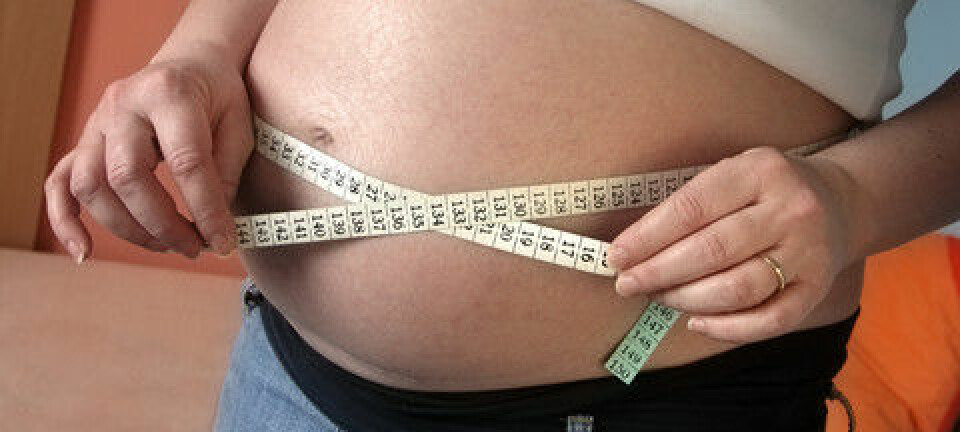
Obese kids stay fat after treatment
Is Norway’s approach to treating obese children failing? People who work with this group say that weight and BMI can’t be the only goal.
Treating seriously obese children in Norway often involves months or years of work with obesity specialists at a Norwegian hospital. The approach is to teach the child — and his or her parents — how to make lifestyle changes that involve healthier food choices and more physical activity.
But this group rarely loses weight as a result of this type of intervention.
Last year, the Norwegian Institute of Public Health issued a comprehensive summary of research on this type of approach to childhood obesity. It showed that relying on lifestyle changes as a treatment for obese kids has little effect on their weight.
Just a few kilos difference
The NIPH summary showed that children who were taught to change their lifestyle — Norway’s current treatment approach— were on average just one BMI point lower than those who were not treated at all. BMI, or body mass index, is a number that is calculated using height and weight. Thus, a change of just one point amounts to only a few kilogrammes difference.
"Norway’s current treatment for obese children does not work," said Jøran Hjelmesæth during a debate recently hosted by forskning.no.
He is the head of the Centre for the Morbidly Obese at Vestfold Hospital — which is one of the largest treatment centres for obesity in children and adolescents in Norway. Hjelmesæth is not alone in being critical of Norway’s approach.
"What Hjelmesæth says is quite right, the results from treating obese children are very bad. If the goal of the treatment is that everyone will reach a normal weight, very few succeed,” says Bjørn Magne Jåtun.
Jåtun is head of section for paediatrics at the Children's and Youth Division at Ålesund Hospital.
Normal weight or less obese
Results vary for children and adolescents being treated for obesity. Some see no benefit, some gain weight while others become less obese, and a few go from being obese to overweight. But does anyone reach a normal weight?
"When they come to us, they are not expected to come into a normal weight range, that would be lying to them," says Jåtun.
If children are going to succeed in losing weight, they have the best odds if they start with treatment when they are young. Even those who are severely obese can lose weight, although they may not reach a normal weight.
Rønnaug Ødegård is an obesity researcher at the Norwegian University of Science and Technology (NTNU) and a general practitioner at the children's clinic at St. Olavs Hospital in Trondheim. She says that children under the age of 12 respond well to the treatment plan.
"It is realistic for the youngest children to reach a normal weight," she says.
Professor Pétur B. Júlíusson at Haukeland University Hospital in Bergen agrees. Every month his unit gets at least fifteen referrals for children, their families and their doctors who are asking for help for the child to lose weight.
"It depends on how early the child gets help, how much the obesity problem has been discussed and how strong the adults around the child are. In younger children who are growing, obesity is more a growth problem than anything else. That means the challenge is to make changes and improve the development of their growth. It appears that these children are more likely to reach a normal weight," says Júlíusson.
Here, Jåtun disagrees. He says that resources don’t really make a difference in determining whether a child succeeds in weight loss or not.
“We have more than enough of so-called resourceful families who do not manage to master this challenge,” he said.
Does Norway’s treatment work?
Hjelmesæth in Vestfold calls Norway’s treatment for childhood obesity a failure. Jåtun in Ålesund points to poor results. But not all therapists see it like this.
Júlíusson in Bergen says Norway’s approach works for many, but unfortunately not for all.
Ødegård in Trondheim points out that results vary with the child's age.
“The treatment is not a failure for the youngest. However, by the time a child reaches the age of 12, few respond to the classical lifestyle treatment approach. But this is a problem everywhere: the effect of the treatment we provide in Norway is at the same level as the best you will find abroad,” she says.
Weight cannot be the only target
Nevertheless, the physicians all agreed that weight can’t be the only criterion for success.
"We’re looking for improvements in health — what they achieve with lifestyle changes. And we are seeing better results here than with BMI,” says Jåtun.
Ødegård agrees. “You can’t just look at BMI. What we do helps improve a child’s health,” she said.
There may also be long-term health benefits of losing a few pounds — especially if the weight stays off as a child grows older. Treating obese children also means that they can get help with mental problems that often accompany obesity.
“If the number of fat cells in the body is the only parameter, then it's correct that our results are bad. But as we discover other difficulties (during treatment) that children and young people might have, we can refer them to the right place,” says Jåtun
-------------------------------------
Read the Norwegian version of this article at forskning.no.
































